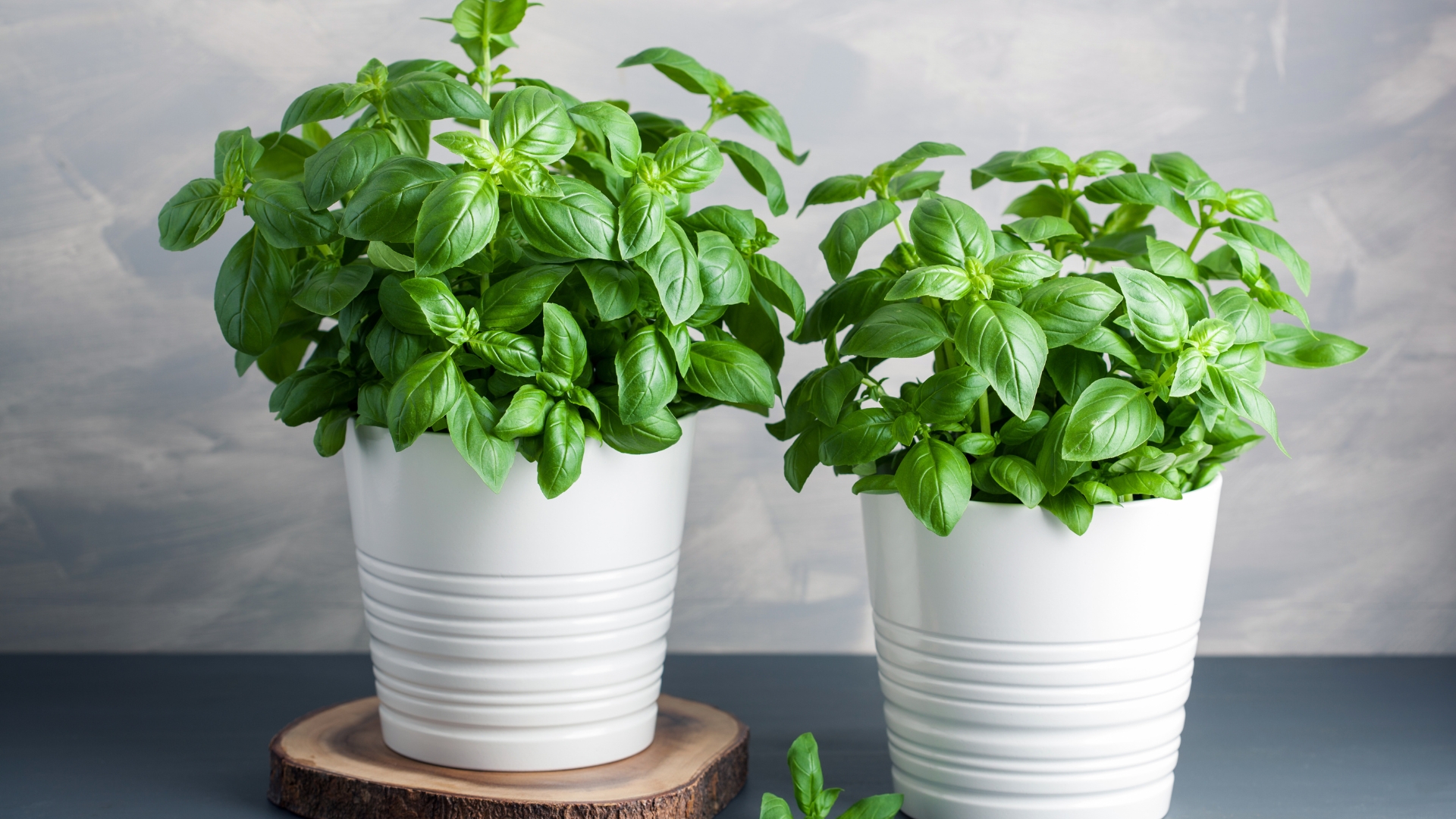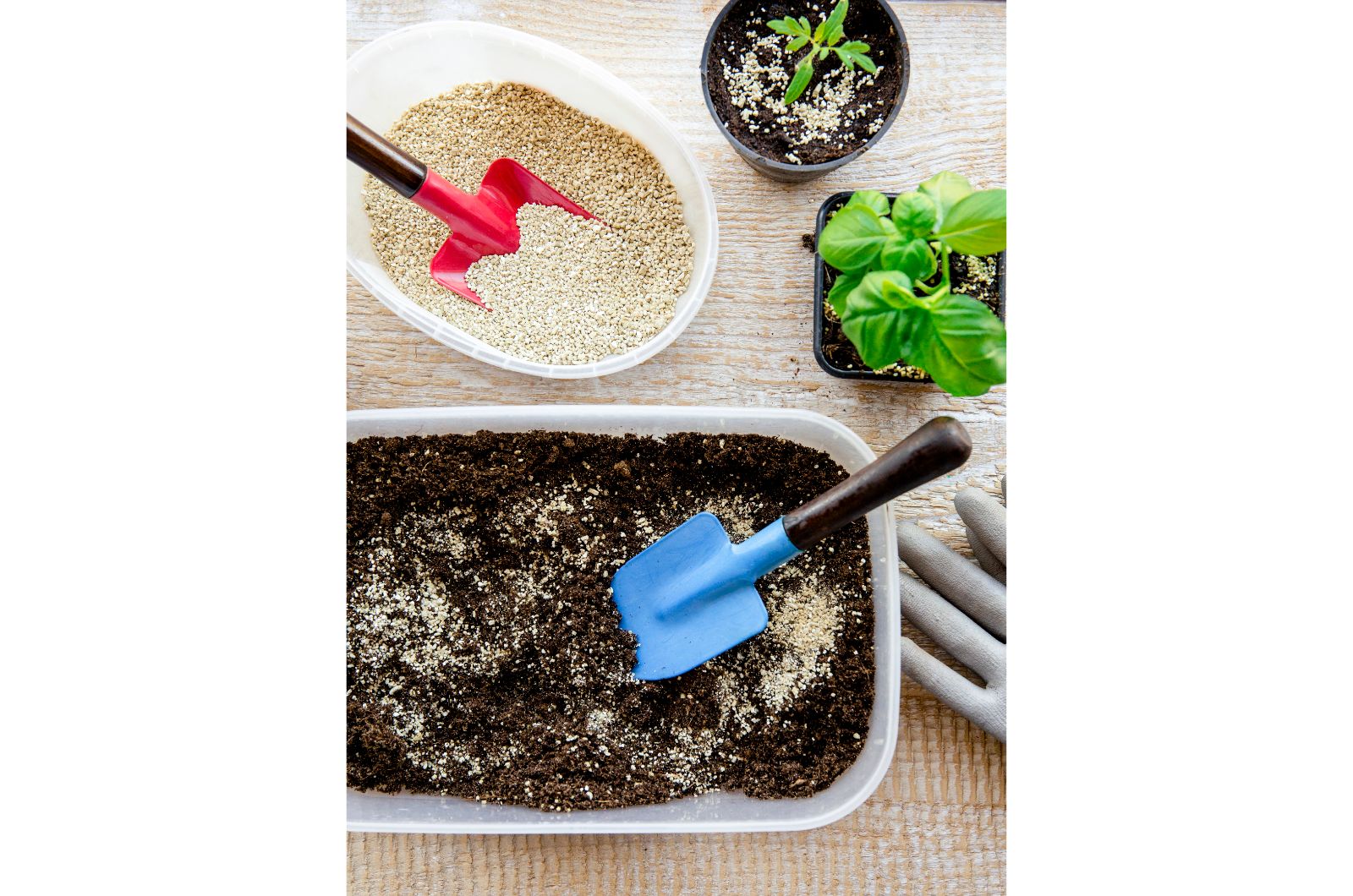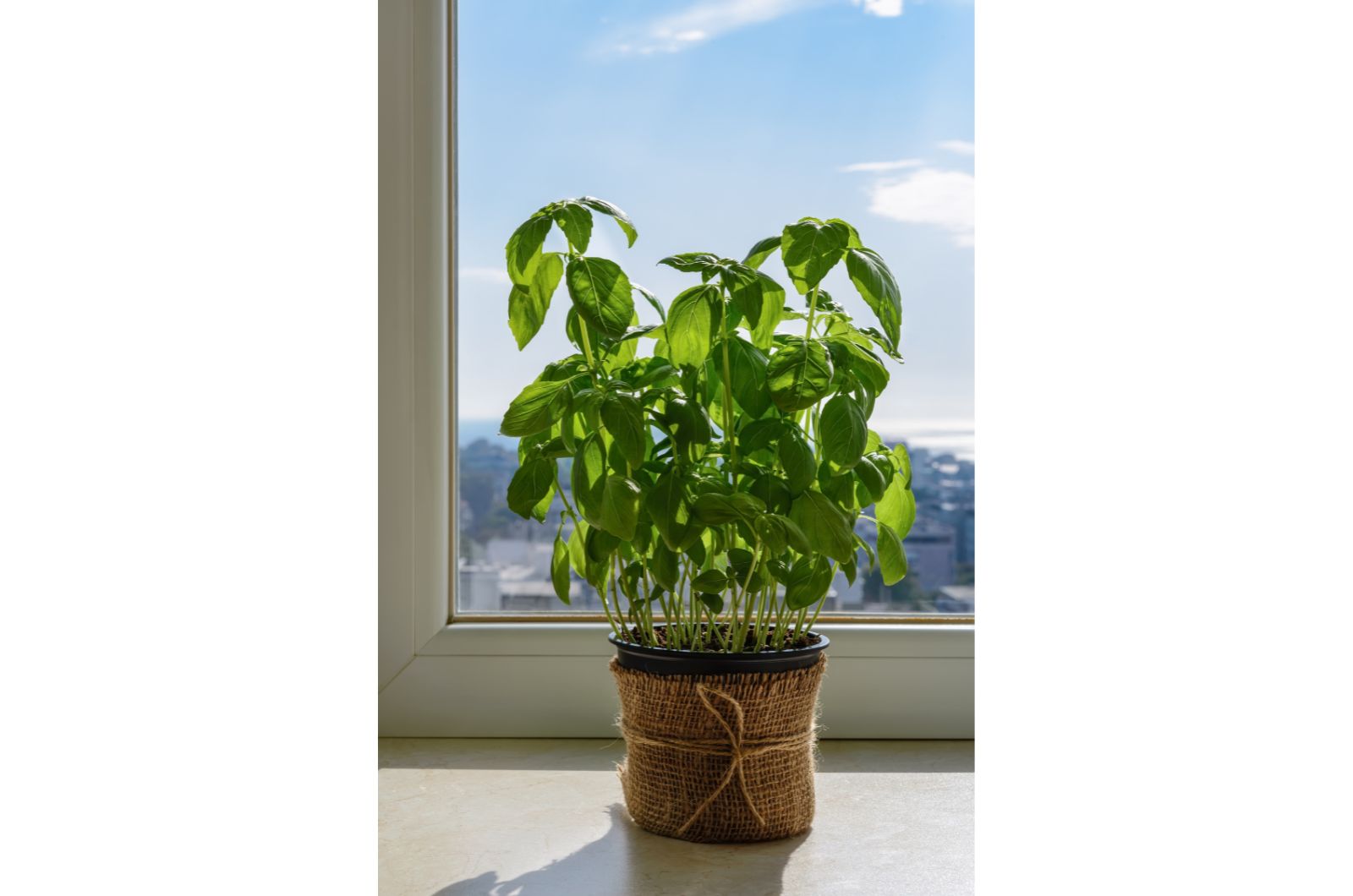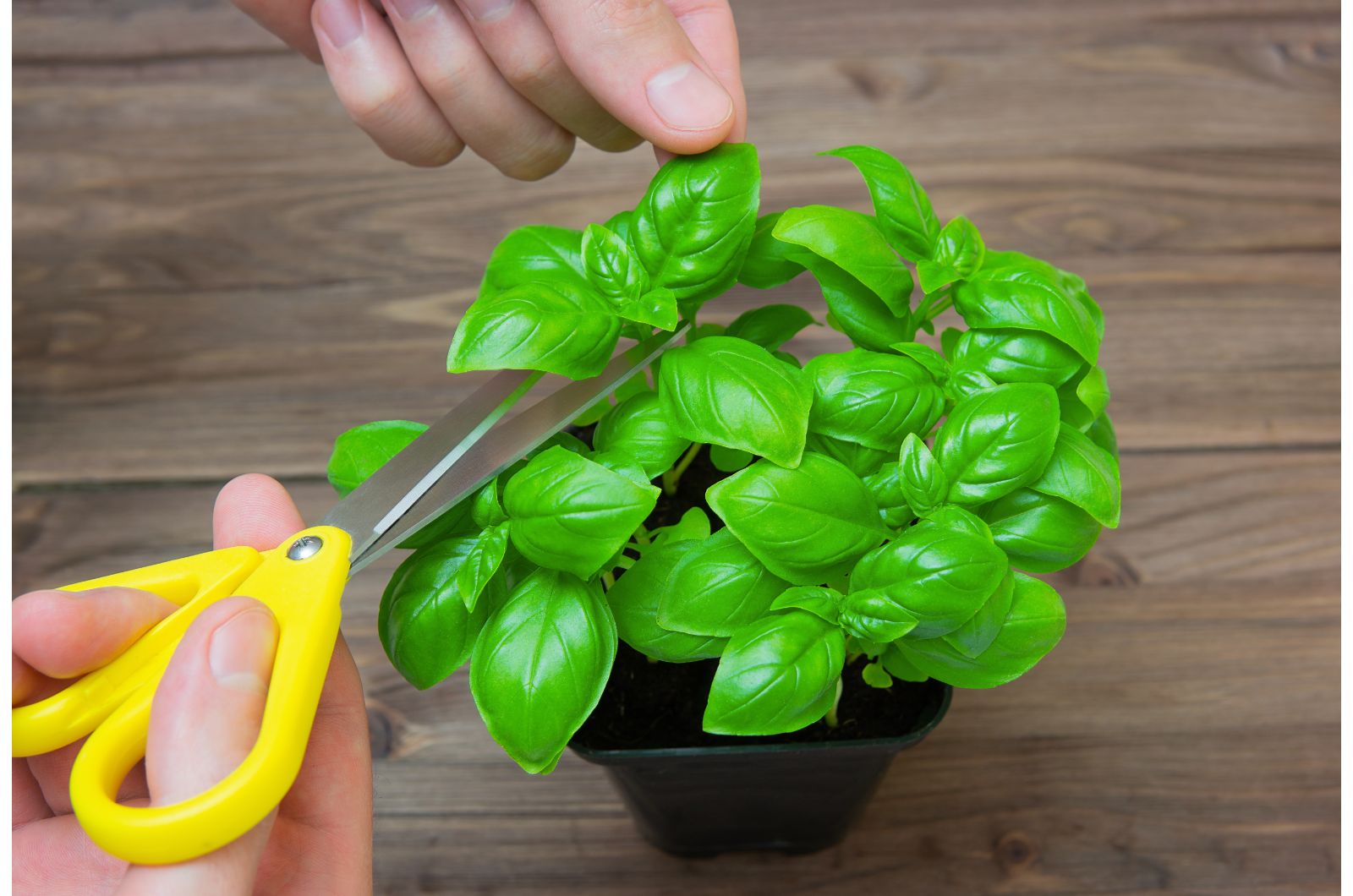An incredible flavor and low care requirements make basil one of the most versatile herbs out there. If you don’t have an outdoor garden, or there’s no space in the one you have, don’t give up on growing basil.
This herb performs well when grown in containers or on a sunny windowsill, and that’s almost all it takes for a happy and healthy basil plant.
You’ll have a lot of leaves to harvest and make homemade pesto or improve the flavor of your pizza.
In this article, I’ll show you how to grow basil indoors, what you need to start, and which conditions to ensure.
Let’s get started!
How To Start Basil Indoors
The great thing about potted basil is that you can grow it at any time of the year. Even though many gardeners grow this herb in winter and early spring, it can thrive in other seasons.
For starters, you’ll need a basil plant but, luckily, you can find them in grocery stores year-round. You can purchase a mature basil plant and then repot it in a bigger pot to give the roots more space to develop.
It’s super easy to propagate basil using stem cuttings, so if some of your friends grow this herb, ask them for a cutting or two.
You can also start your basil from seeds if you enjoy watching the entire plant growing process. The seeds typically take 2 weeks to germinate, but remember that you need to ensure warmer temperatures, so use heat mats if necessary.
Those who want to plant some basil outdoors should start the seeds about a month before the last expected frost date.
Tips For Growing Basil Indoors
Now let’s see which conditions to ensure for your basil to produce an abundance of leaves.
Light And Temperature
This is a sun-loving plant, and I highly recommend ensuring a spot for your basil on a south-facing windowsill.
You need to make sure that your basil receives a minimum of 6 hours of bright light daily. If you can’t provide it with that amount of natural light, you can install artificial lights.
This scented herb performs well at room temperature, but never keep it near a drafty window or doors that open and close too often.
Soil And Watering
A free-draining growing substrate is crucial for healthy basil plant development. This herb is very sensitive to overwatering, so I recommend amending the soil with perlite or pumice to enhance drainage.
Irrigate your basil regularly, but make sure its roots never sit in stagnant water because they could quickly rot.
Fertilizing
Luckily, this herb isn’t a heavy feeder, making it perfect for beginner gardeners.
Basil will benefit from an all-purpose liquid fertilizer applied on a monthly basis.
Pruning and Harvesting
You should start pruning your basil once you notice the formation of the first true leaves. It will help you avoid legginess in your basil, and this is the best way to encourage bushier growth.
Make sure not to remove more than one third of your basil plant because it will inhibit future growth.
Growing basil is a fun and highly rewarding experience, and the fact that it thrives indoors makes it even more desirable. Simply follow our guidelines and enjoy the flavor of your homegrown basil!




